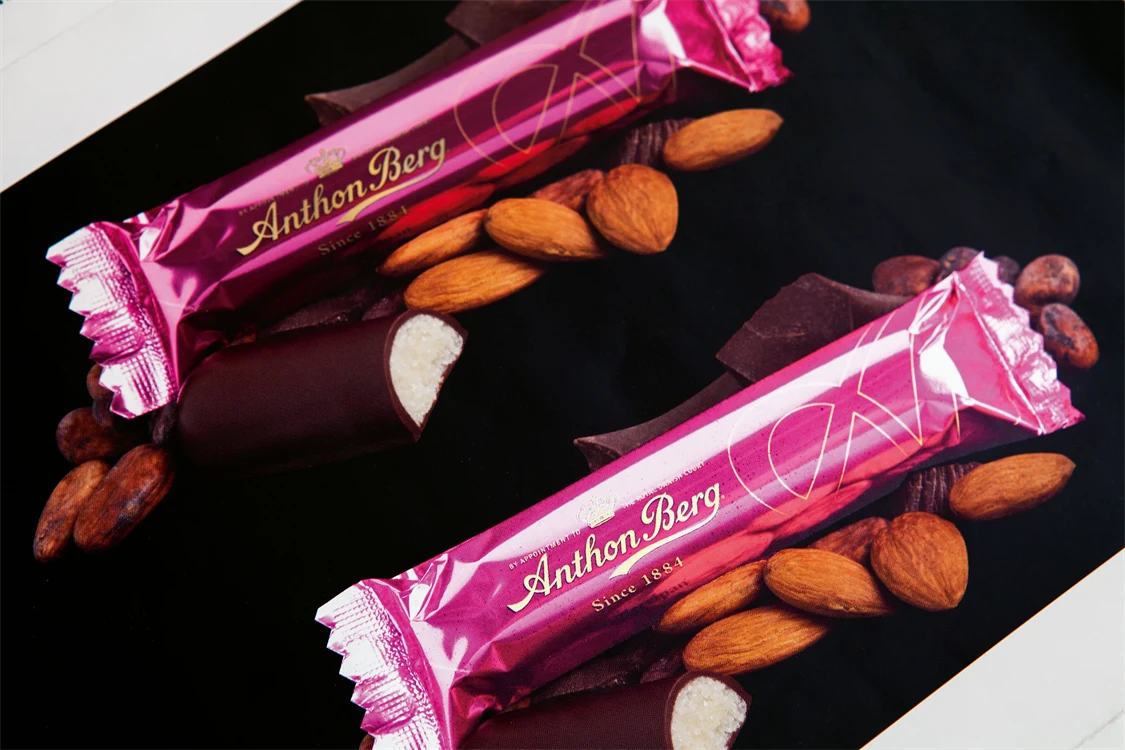BrandFactory is a total supplier of visual communications, offering everything from creative design services to production, storage, and distribution services. Its client list includes companies like McDonald’s and Samsonite. Mikael Falldahl is the creative key account manager at BrandFactory. We asked him to explain what cold foiling really is.
How is cold foiling done?
“First, we coat the paper with glue and then we add a silver-coloured foil that is pressed down and sticks to the predefined surfaces. Then we print with the CMYK inks. We finish by adding a coating, either a water-based or UV varnish depending on how shiny you want it. Everything is done in line in a single printing pass. The paper that comes out of the machine is dry.”
How does this differ from hot foiling?
“Comparing cold and hot foiling is actually not smart. With cold foiling, you can metallise the entire four-colour spectrum. With hot foiling, you (first) use heat to affix foil that is coloured, for instance, gold, copper, or silver. With cold foiling, you glue the silver foil onto the substrate instead and then print on top of it. Hot-foil is a separate process that requires a tool, that can be combined with a die-cutting tool. The hot foil is pressed “stamped” onto the surface and causes a deformation, that also affects the reverse side and needs to be considered in the layout. It is possible to print on hot-foiled surface, too.”

What’s the special trick?
“Printing ink is transparent and when it touches the foil it is metallised. That’s where the magic happens! With cold foil, you have no limitations. You can completely metallise an ordinary four-colour image. Or you can just put foil over certain areas and work with various tones. Because everything is done in the same printing pass, there is no increased production time.”
How should a designer approach this?
“Think creatively! The optimal situation is of course to print an image that is metallic from the start, such as a pop can. In general, you should use images containing a lot of contrast. Images that are too light and large areas with little colour are less successful.”
Why use cold foiling?
“You get incredibly beautiful, printed materials. You can experiment with both matt and shiny varnishes in combination and make the print really pop. True, it costs a bit more than just printing on paper or paperboard, but you get something that the recipient can really relate to. Compared to hot foil it is much less costly and more time effective. Printed materials that are too basic often end up straight in the recycling bin.”

Created 21 January, 2019.


